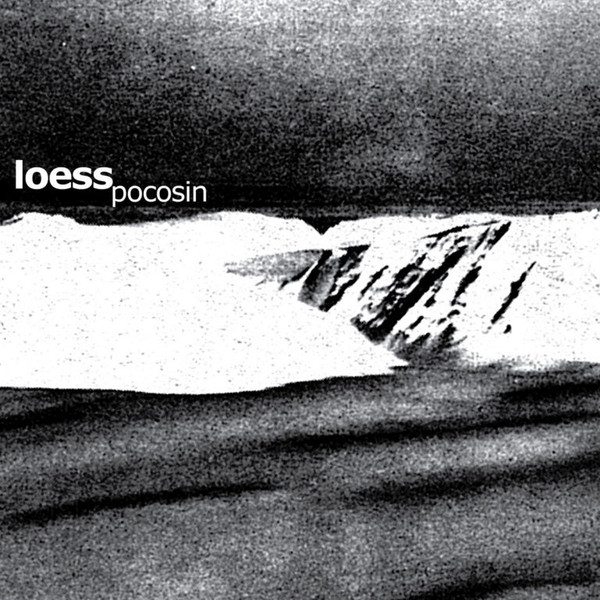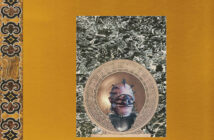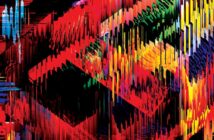I doubt that many people listen to ambient or drone and say to themselves: ‘You know what? This is pretty good music, but it could do with some drums.’ Such a thought is so contradictory as to be almost ridiculous, like wanting more sweetness in your savoury food or vice versa. But just like salted caramel or sweet chilli sauce, combining such disparate and clashing elements can be a revelation when done well.
And that’s just what Loess has achieved with Pocosin.
A duo comprised of American musicians Clay Emerson and Ian Pullman, Loess took their name from the loose sediment and silt created by glaciers carving their way across landscapes over thousands of years. It is an apt name, indeed, and not just because Loess’ recorded output can best be described as glacial, having only released 3 full-length albums and a handful of singles in their 16 years of existence. Instead, Loess is an appropriate moniker because their droning and ambient soundscapes bear no small relation to what we conceive of as geological time. On Pocosin, humming electronic drones exist at an almost subsonic frequency, more a feeling than a sound, an aural tribute to the ponderous grinding of ice and rock. Synthetic sweeps and noise-walls ebb and flow, a repetitive pulse, like the recession and ascension of the tides. Glitches, clicks, bleeps, burbles, sqwarks, squeaks and a smorgasboard of ear-candy float on top of this foundation, sometimes acting as the ‘melody’ and sometimes as an affectation, evoking the skittering dryness of wind-swept soil or the pitter-patter of rain. Gluing it all together is Loess’ particular method of production: a subtle swamp of reverb and delay erases many of the distinctions between rhythm, texture, sound and melody, creating a cohesive and organic-sounding whole.
So far, so typically ambient and drone. But then we get to the drums…
The first time we encounter them, they immediately pull us out of Loess’ web – they’re so unexpected, so contradictory. But bare seconds later they make sense, and Loess’ assumed intention pays off. For the drums within Pocosin are really just another colour in Loess’ musical paintbox; they add another texture, another layer, another dimension to its torpid sweep and scope. They’re not used so that we’ve got something to dance to, or as a device to make Loess’ sound more accessible. Instead, their airy patterns feel like another replication of something natural – perhaps the odd and unidentifiable rhythms that we sometimes hear in nature, or the false rhythms created by the interplay of rain and wind, an interpretation helped along by their start-stop nature and flexible approach to repetition.
Without these drums, Pocosin would merely be a pretty-good example of ambient/drone, and so we should be thankful that Loess included them – they truly make it something special.




